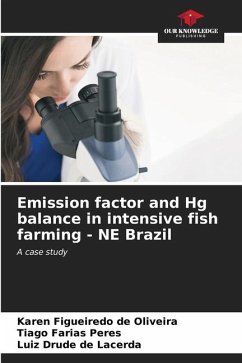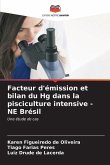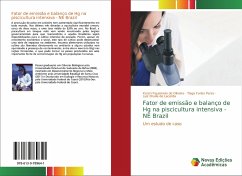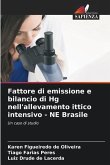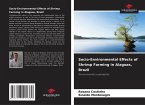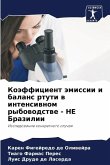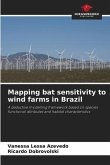The production of fish in captivity has increased significantly worldwide. Over the last three decades, global aquaculture has grown twelvefold, at an average rate of 8.8 per cent per year. In Brazil, net pond fish farming has been encouraged by government agencies so that Brazilian reservoirs and dams can be made available for intensive fish farming. However, despite the economic and social growth, this type of farming can have a number of environmental impacts. Food inputs used in farming are released directly into the environment and some studies have pointed to the presence of contaminants, including mercury (Hg) in the feed provided, which can make the fish produced an important source of Hg contamination in human populations.
Bitte wählen Sie Ihr Anliegen aus.
Rechnungen
Retourenschein anfordern
Bestellstatus
Storno

